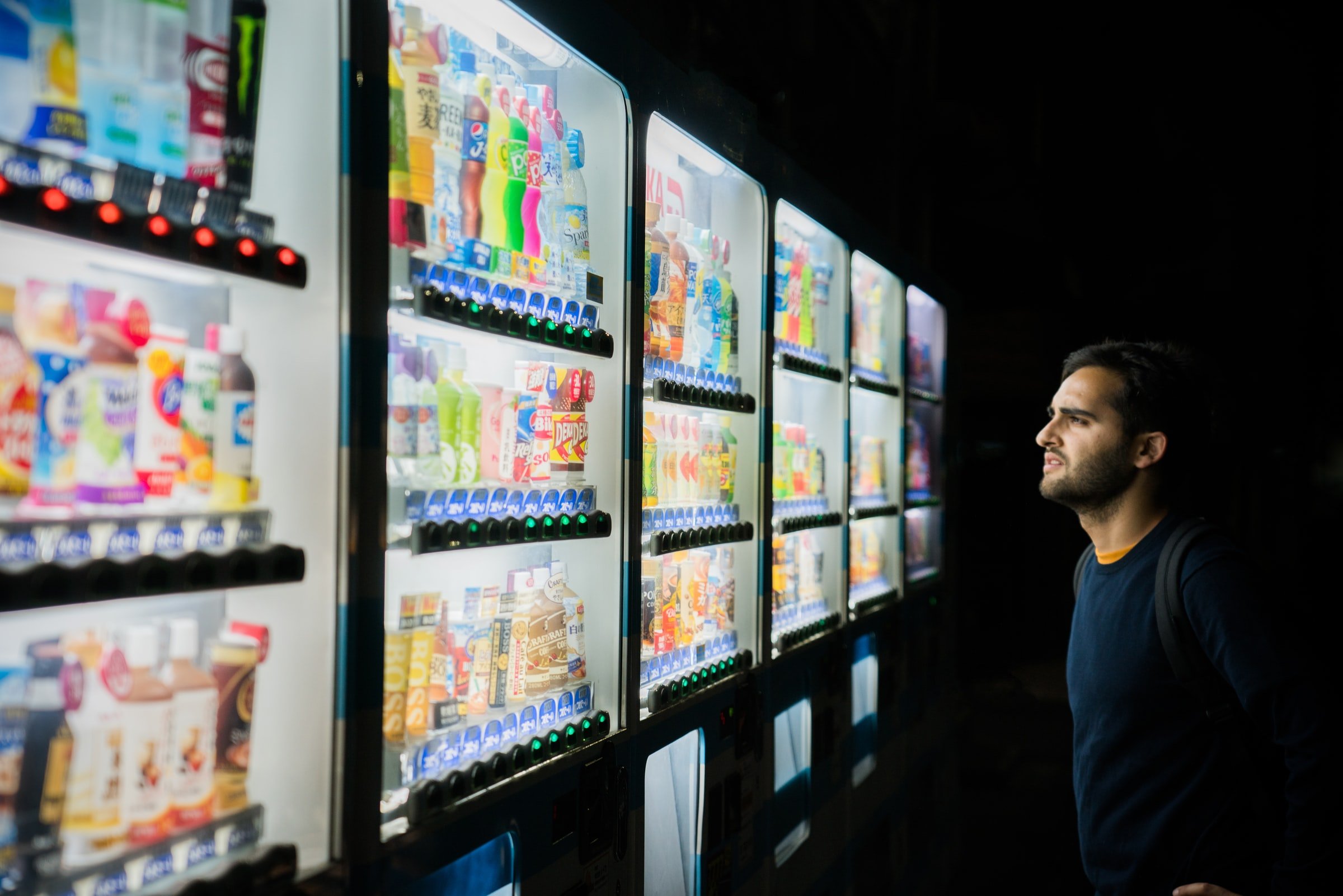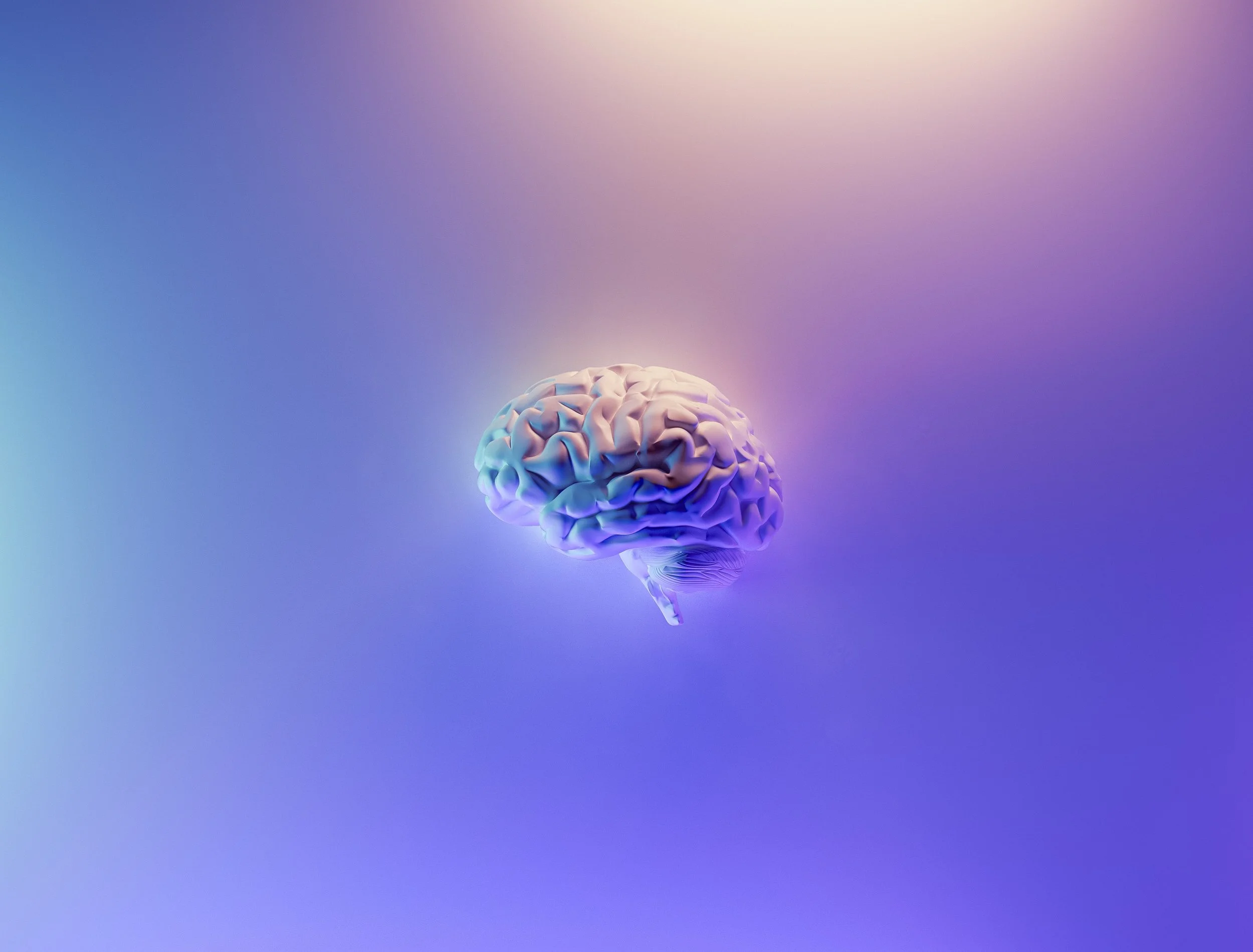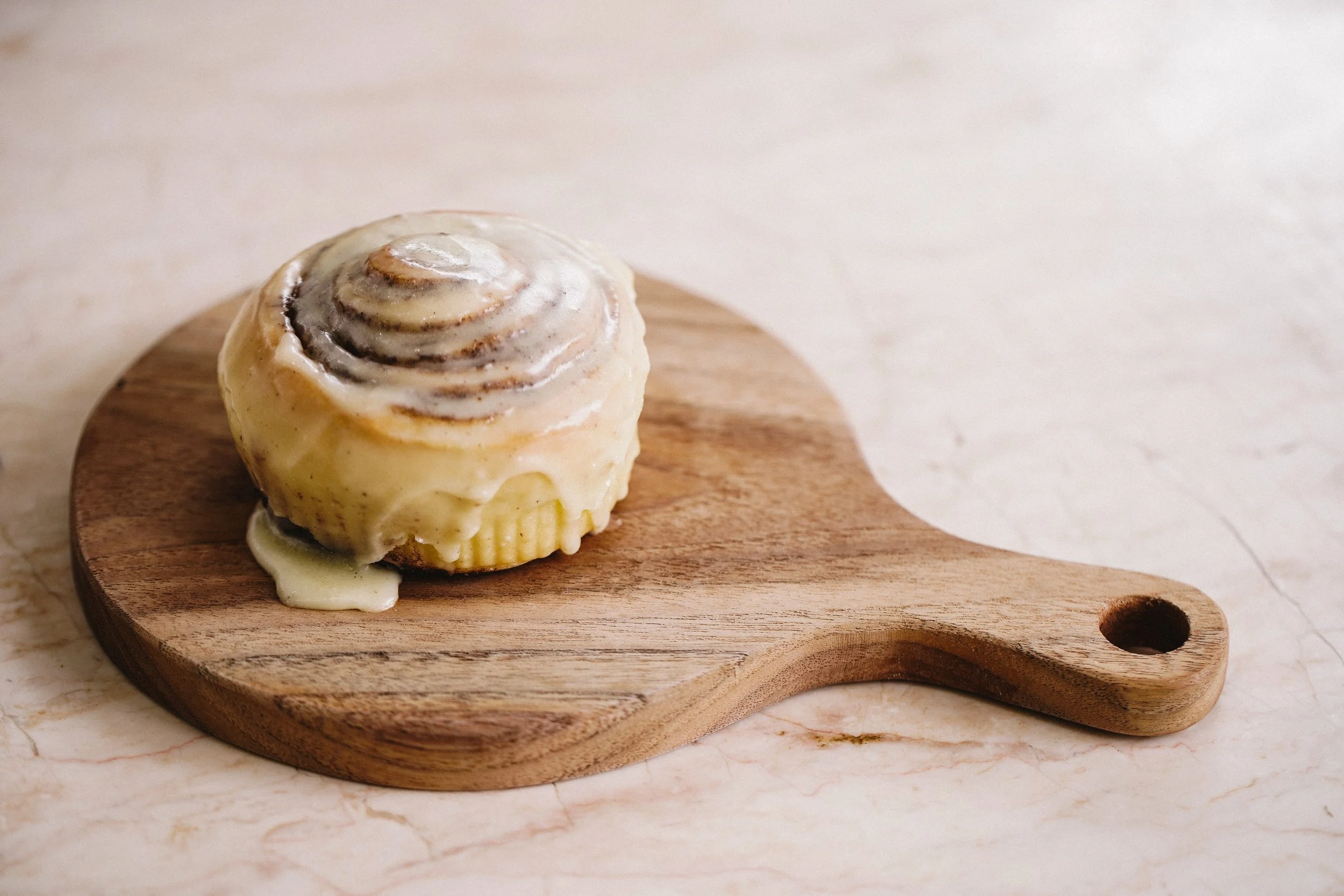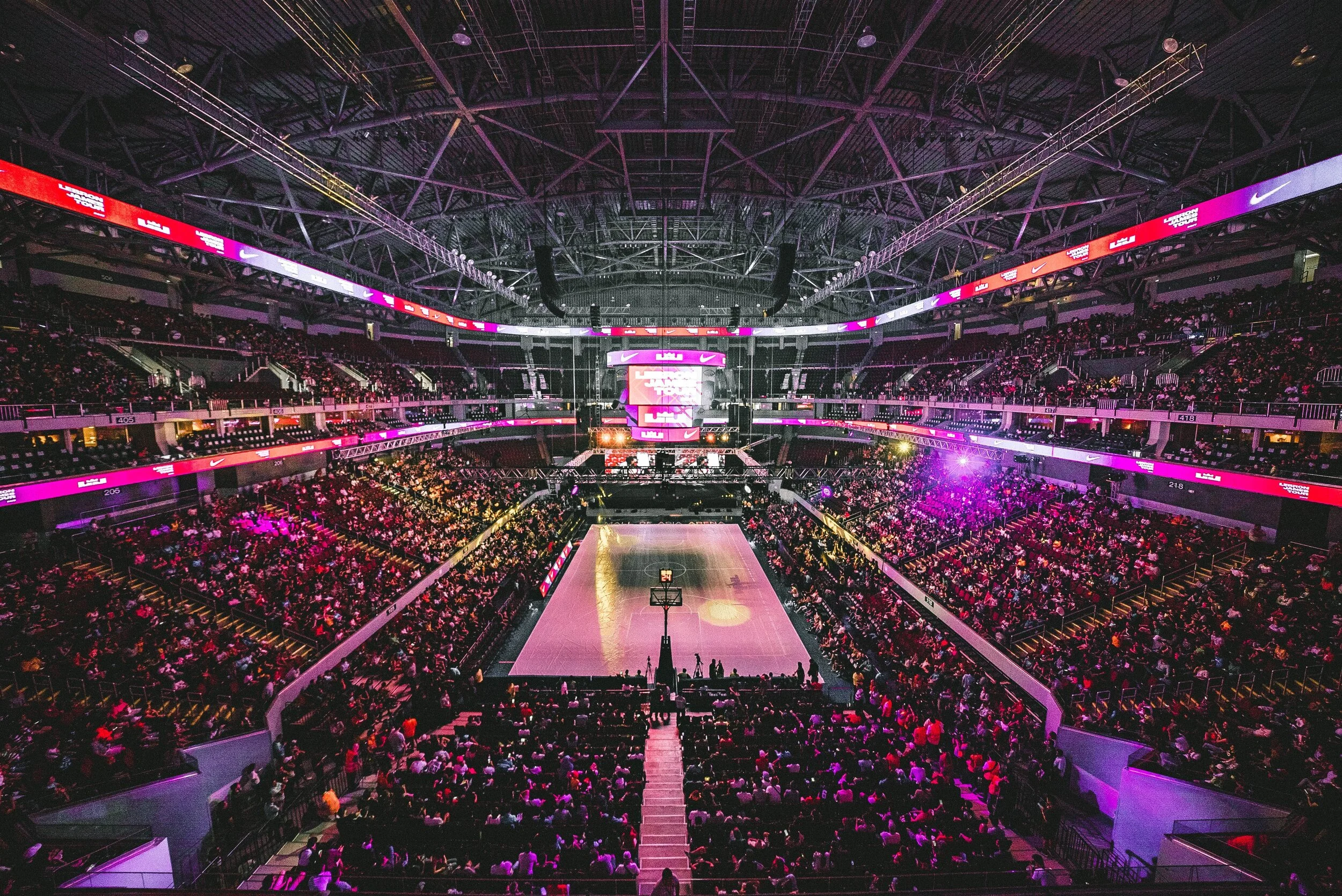Improve Your Marketing With This Memory Booster

Pretend you are sitting in a lecture hall, devouring nuggets from a neuromarketing professor. Next thing you know, the professor stops talking mid-sentence and starts to cry. What would that do to your mental state?
Would you mirror the professor’s sadness? How will your attention and memory of the lecture be affected?
You see, not all events are equally likely to be remembered; certain features of an experience, in this case, emotions, are more memorable than others.
This article will reveal the connection between the neuroscience of memory and emotion and show how marketers can use it as a memory-booster.
So what is an emotion, exactly? You’ll need to go past the topical, surface-level descriptors of emotions like anger, sadness, and happiness.
Redefine Emotion for Marketing
Think of emotion as a BROADER biological response to an event for marketing purposes. Emotions are HOW INDIVIDUALS DEAL with matters or situations they find personally significant.
There’s no surprise that emotional marketing resonates with consumers. Thing is, emotional marketing does much more than connect with consumers. Emotional marketing affects how much attention consumers pay to an activation.
It steers what consumers focus on, and yes, ultimately, it drives what consumers will remember. Emotion is an attention and memory booster.
Connecting Emotion and Memory for Better Marketing
Emotions act like superglue by making certain events stickier. Emotional events are readily prioritized by the brain. Whether good or bad, if something is important enough to arouse your emotions, the brain assumes it is significant and therefore should be remembered.
This prioritization of emotional memories likely bears evolutionary importance. Highly emotional memories, such as being chased by an animal or eating mushrooms that made you sick, are lessons worth remembering to increase survival.
Emotions tell the brain what events to tag with a label reading “Important!”
What this tag is actually doing is boosting the process of consolidation and encoding. The emotion strengthens the impression of an event.
In your marketing, you can utilize emotional memory in a few different ways. Memories can be strengthened with simple stimuli like text.
You can use emotional words to facilitate a wide array of marketing contexts, such as billboards, banner ads, and brand messaging. Emotionally charged words like love, hate, and happiness are encoded and recalled with greater accuracy than neutral words like desk, money, and highway.
The same applies to images. Emotional facial expressions in photographs boost memory more than non-expressive faces.
In a sense, all of marketing is a form of memory-making, which would make emotion the #1 tool to use across all activations. Take a step back and consider how you can use AB tests to assess emotional elements across your marketing channels.
Emotions are at play throughout your consumers’ lives. Your marketing can earn greater attention and bury deeper in their memory by linking stronger emotions across the marketing mix. Let’s see how you take advantage of emotion as a memory booster.
Written by Prince Ghuman
What’s Next?
The neuroscience of color has important implications for a wide range of fields, from design and marketing to health and wellbeing.
LeBron James' breaking of Kareem's record and the following interpretations illustrate the complex interplay between sports statistics and the psychology of statistics.
Memory is your brain’s attempt at connecting you to the past. Learn how memory can improve marketing!
This article will cover what the two consumer behavior motivations that marketers must know.
Learn a simply yet effective marketing strategy as it relates to system 1 & the law of least mental effort.
Moms know a thing or two about the psychology of guilt
Uncover the connection between the neuroscience of memory and emotion and learn how marketing can use it as a memory-booster.
Your brain is a relentless pattern-seeking machine. And these patterns affect consumer behavior in fascinating ways for marketers to note.
Since the brain has declared vision as the VIP amongst senses, you’ll never go wrong by finding more ways to be visual in your marketing.
Everything in marketing comes down to the brain, yet marketers don’t study brains.
The carrot needs to be dangling continuously.
Which of the following hits you harder: losing something or gaining something?
What if I were to tell you that you and everyone else you know is blind AND are entirely unaware of the blindness?
Attention is currency. Attention is a business model. But what is attention, really?
Find out the 3 crucial influences of a company revealing the gender pay gap on consumer behavior.
In 2003, everything changed with “1000 songs in your pocket”.
Find out why smell is to memories what a summary is to books.
What’s the best marketing strategy to make consumers more sustainable?
Can fashion be inclusive? Is fashion truly diverse?
How does the visual salience of credit card features affect consumer decision-making?
The habit of eating the same food for breakfast is pretty common. Why?
Associations are so deeply ingrained in us that we’ve devised “relationships” with definite expiration dates.
The constant chase of happiness in travel has a name. And we’ve been walking over it since.
Why do marketers project personal preferences onto consumers?
Could technology and virtual crowds be one of the NBA's most important plays?
Find out why minimalism is a life-long journey, not a destination.
Why are we so curious about fashion outfits we’ll never wear?
Customers become territorial as they “claim” spaces to work. How and why does this happen?

































Dive into the fascinating intersection of psychology and marketing and how to use psychological biases in marketing strategy.